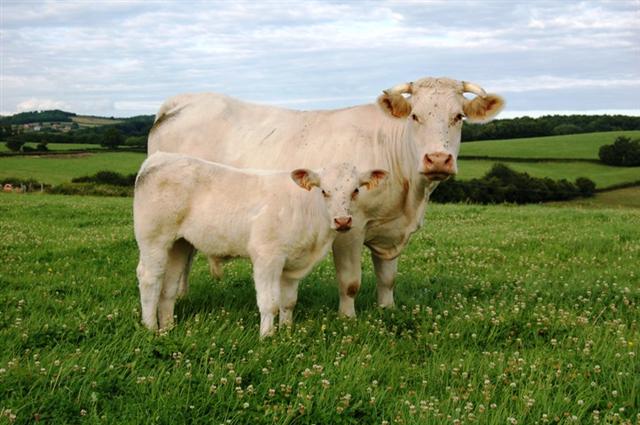Unusually colored animals are always interesting. They are most likely either a result of a mutation that causes them to not produce enough melanin, creating albino animals – or the opposite, with excess production of melanin pigments resulting in melanistic all-black animals. Some species even experience leucistic expression and are black and white in different patches like Frosty the whale calf. However, the latest new arrival is an adorable fluffy white bison calf that has a different genetic story all of her own.
In southwest Wyoming, staff at the Bear River State Park spotted a new arrival, born to a two-year-old white female bison named Wyoming Hope. They shared the first image of the little one on their Facebook page. This is the first white calf born in the park since its creation 32 years ago. The park has two white female bison, which are given their snowy coats through genes from Charolais cattle.
American bison (Bison bison) nearly went extinct in the 1870s after they were hunted to the extreme for their meat and fur. However, ranchers kept some alive and interbred the remaining few with cattle, partly as a failed experiment to create a better commercial meat product.
Charolais cattle DNA gives the new arrival her snowy white coat.
Image Credit: Forum concoursvaches.fr. Public Domain
While American bison are often colloquially called buffalo, there are no actual buffalo species in North America, with the Cape buffalo (Syncerus caffer) living across the African continent and the widespread water buffalo (Bubalus bubalis) found across the world.
The new calf was born on the morning of May 16 and is reported to be doing well and feeding despite being a little on the small side at 13 kilograms (30 lbs). This is after the park welcomed four more typical brown calves earlier in the spring and thought the birthing season was over for them.
According to the National Parks Service, American bison typically have their calves around April or May and have a gestation period of around nine and a half months. The calves will feed from their mothers for around seven or eight months before being weaned by the end of their first year.
While the park has seen an increase in visitors coming to see the new arrival, they urge people to give all the bison space. This comes after a bison calf in Yellowstone had to be euthanized after it was handled by a well-meaning tourist.
Across the pond in the UK, there is also a European bison calf (Bison bonasus) living in Kent as part of plans to rewild the area, while a team in Russia has plans to clone an 8,000-year-old bison found in the permafrost.
Source Link: Surprise! Adorable White Bison Calf Born In Bear River State Park
